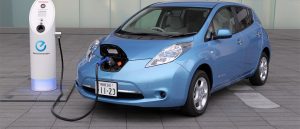Electric Vehicles Revolution: Exciting Trends and Impacts
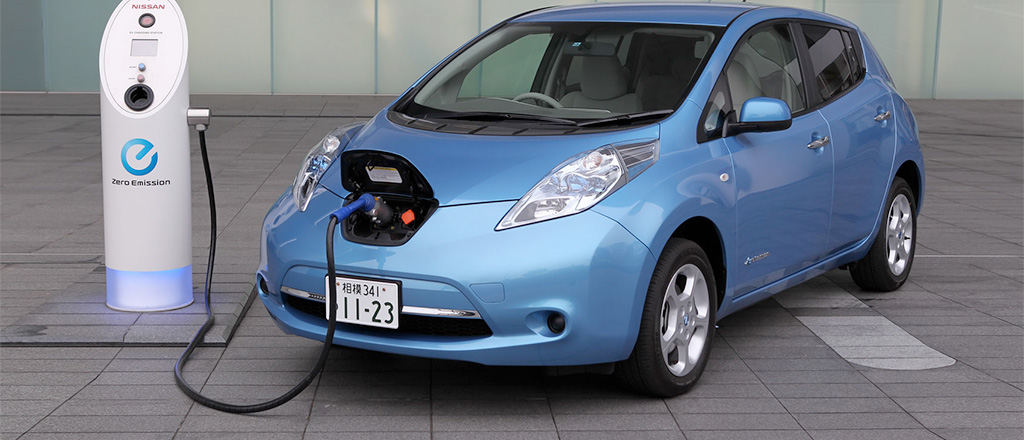
The electric car revolution is more than just a shift in the automotive industry—it’s a complete reimagining of how we think about transportation, energy, and sustainability. Over the past decade, the adoption of electric vehicles (EVs) has grown exponentially, driven by advances in technology, increasing environmental awareness, and strong policy support from governments worldwide. As we look to the future, the trends shaping the electric car revolution are accelerating its impact on global economies, the environment, and society at large. This shift represents not only a technological breakthrough but also a cultural and economic transformation with far-reaching implications.
Advancements in Battery Technology
One of the cornerstones of the electric car revolution is the rapid improvement in battery technology. Batteries are the lifeblood of electric vehicles, and their efficiency, capacity, and affordability have been the focus of continuous innovation. In the early days of EVs, limited battery range and high costs were significant barriers to adoption. Today, modern EV batteries can achieve ranges of PARTAITOGEL over 300 miles on a single charge, with some models even exceeding 400 miles. These improvements have largely alleviated “range anxiety,” one of the biggest concerns for potential buyers.
Looking ahead, the development of solid-state batteries is poised to revolutionize the industry. These batteries promise faster charging times, greater energy density, enhanced safety, and longer lifespans compared to traditional lithium-ion batteries. They also reduce reliance on rare and expensive materials such as cobalt, making production more sustainable and cost-effective. As battery costs continue to fall, EVs are becoming increasingly competitive with internal combustion engine (ICE) vehicles, even without government incentives. This trend is paving the way for a future where electric cars are not just a sustainable choice but also an economically logical one.
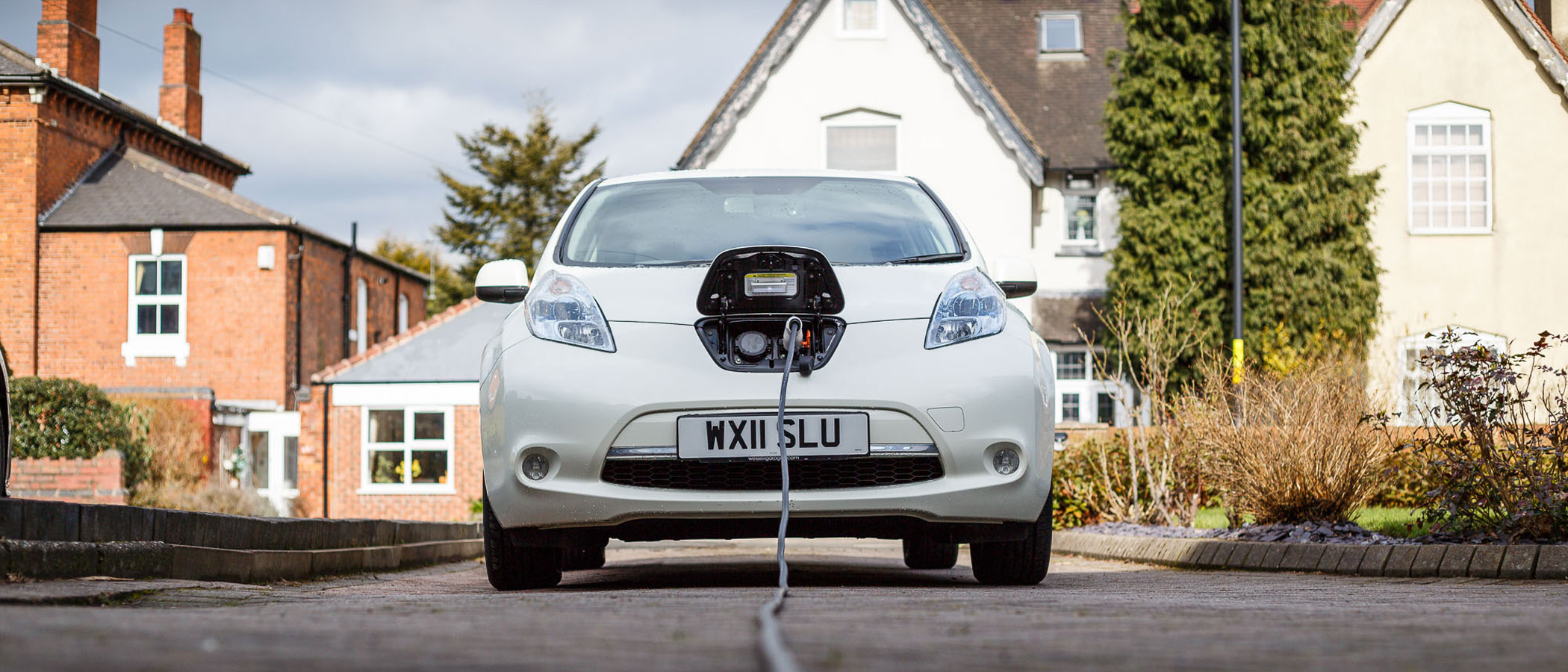
Expansion of Charging Infrastructure
Charging infrastructure is another critical component of the electric car revolution. The ability to charge conveniently and quickly is essential for the widespread adoption of EVs. In the early stages of EV deployment, limited access to charging stations was a major drawback. However, this scenario is rapidly changing as governments and private companies invest heavily in expanding charging networks. Cities, highways, and rural areas are now seeing a surge in public charging stations, making it easier for drivers to recharge wherever they are.
Innovations in charging technology are also transforming the user experience. Ultra-fast chargers, capable of delivering hundreds of miles of range in under 30 minutes, are becoming more common. Wireless charging is emerging as a futuristic solution, allowing drivers to charge their vehicles simply by parking over a charging pad. Additionally, vehicle-to-grid (V2G) technology is gaining traction, enabling EVs to return electricity to the grid during peak demand periods. This not only benefits the energy system but also allows EV owners to save money by selling electricity back to the grid. The rapid expansion and innovation in charging infrastructure are crucial for eliminating range and charging concerns, making EV ownership seamless and accessible.
Integration of Renewable Energy
One of the most exciting aspects of the electric car revolution is its alignment with renewable energy. electric vehicles are inherently cleaner than traditional vehicles, but their environmental impact depends on how the electricity used to charge them is generated. In regions where renewable energy sources such as wind, solar, and hydroelectric power are prevalent, the carbon footprint of electric vehicles is drastically reduced. Charging an EV with renewable energy allows drivers to achieve near-zero emissions, contributing to a sustainable future.
Beyond being consumers of clean energy, electric vehicles are increasingly becoming part of the renewable energy ecosystem. With the advent of bi-directional charging capabilities, electric vehicles can act as mobile energy storage units. During times of excess renewable energy production, such as sunny or windy days, electric vehicles can store surplus electricity. This stored energy can then be returned to the grid when demand spikes or during power outages, helping to stabilize the grid and optimize the use of renewable resources. The integration of electric vehicles and renewable energy is a critical step toward a decarbonized energy and transportation system.
Growth of Autonomous Electric Vehicles
The intersection of electric vehicles and autonomous driving technology represents a transformative trend for the automotive industry. Companies like Tesla, Waymo, and General Motors are at the forefront of developing self-driving systems, and many of these innovations are being paired with electric platforms. Autonomous electric vehicles (AEVs) are expected to play a pivotal role in the future of transportation, particularly in urban areas where ride-hailing and delivery services are in high demand.
AEVs offer numerous benefits, including reduced traffic congestion, lower transportation costs, and enhanced safety. By eliminating human errors—one of the leading causes of accidents—autonomous vehicles have the potential to significantly improve road safety. Moreover, the electrification of autonomous fleets could drastically reduce greenhouse gas emissions, particularly in densely populated cities. As technology matures, AEVs are likely to become an integral part of smart cities, contributing to efficient and sustainable urban mobility.
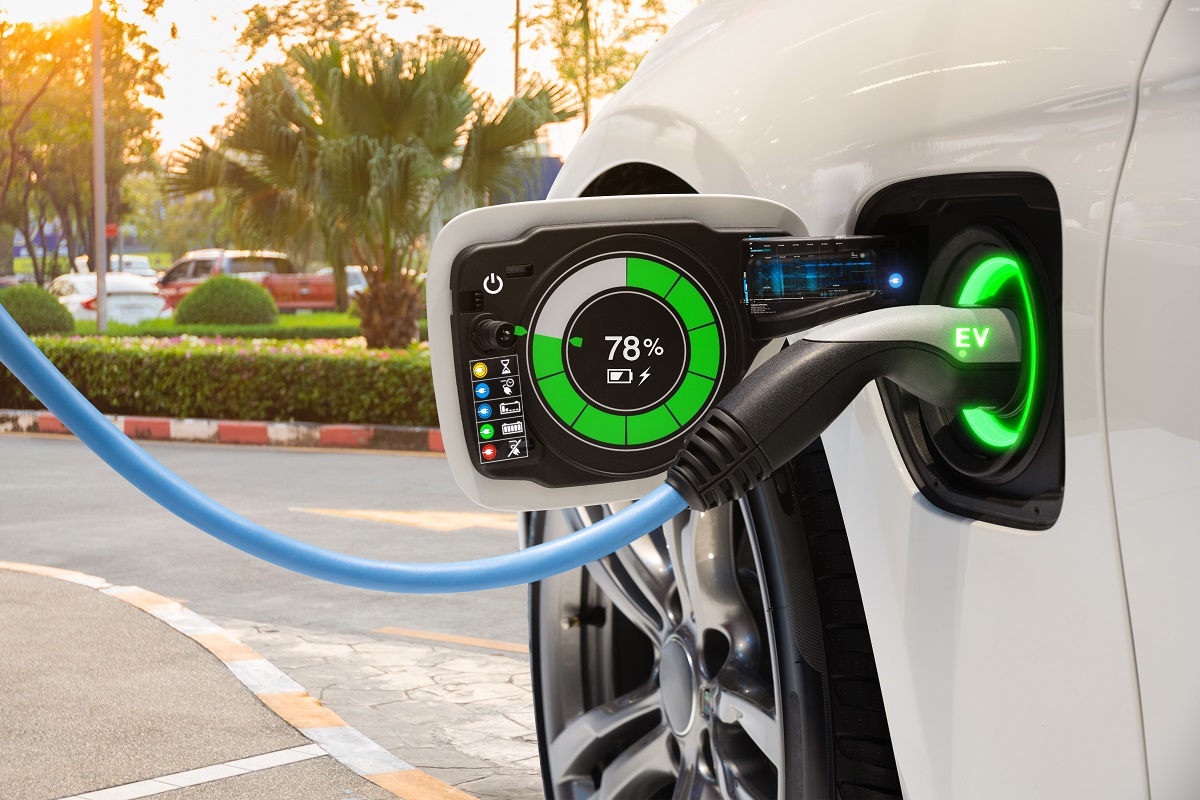
Shift Toward Circular Economy Models
Sustainability is not just about reducing emissions but also about rethinking how vehicles are manufactured, used, and disposed of. The electric car revolution is driving a shift toward circular economy models, where resources are reused and recycled to minimize waste. This is particularly important for EV batteries, which contain valuable materials such as lithium, cobalt, and nickel. Recycling these materials not only reduces environmental impact but also alleviates concerns about resource scarcity and supply chain disruptions.
Several automakers and battery manufacturers are investing in closed-loop recycling systems. Old EV batteries can be repurposed for energy storage applications, such as storing solar power for homes or stabilizing the electrical grid. When batteries reach the end of their lifecycle, advanced recycling techniques can recover up to 95% of their materials, which can then be used to produce new batteries. This circular approach ensures that the environmental benefits of electric vehicles extend beyond their operational phase, making them a truly sustainable solution.
Policy and Market Support
The electric car revolution would not be possible without strong policy and market support. Governments around the world are implementing measures to accelerate the transition to electric mobility. These include subsidies, tax credits, and grants for EV buyers, as well as investments in charging infrastructure and research and development. In many countries, policymakers are setting ambitious targets to phase out internal combustion engine vehicles entirely. For example, the European Union plans to ban the sale of new gasoline and diesel cars by 2035, while several U.S. states have similar goals.
Automakers are also stepping up to meet the growing demand for electric vehicles. Major manufacturers like General Motors, Ford, and Volkswagen have announced plans to transition their fleets to all-electric models within the next decade. This shift is not only driven by environmental concerns but also by the recognition that electric vehicles represent the future of the automotive industry. As market competition increases, consumers are benefiting from greater choice, improved technology, and lower prices.
Increasing Consumer Demand
Consumer attitudes toward electric vehicles have undergone a dramatic transformation in recent years. Once seen as niche products with limited appeal, electric vehicles are now viewed as practical, reliable, and even aspirational. This shift is largely due to improvements in affordability, range, and performance, as well as the introduction of diverse models catering to different needs and budgets. From compact city cars to luxury sedans and rugged trucks, the EV market has something for everyone.
The appeal of electric vehicles extends beyond their environmental benefits. Drivers are drawn to their instant torque, quiet operation, and reduced maintenance costs. Many electric vehicles also come equipped with advanced technology, such as over-the-air software updates, semi-autonomous driving features, and smartphone integration. As awareness of these benefits grows, more consumers are making the switch to electric, driving the industry forward.
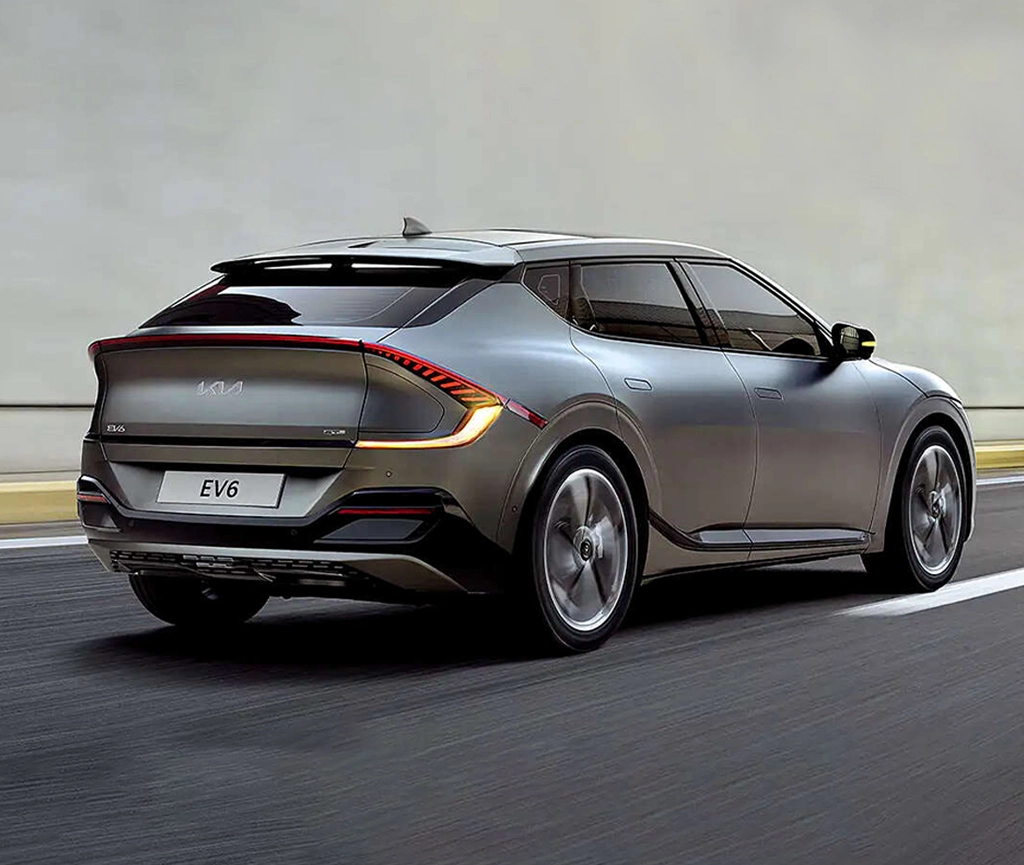
Conclusion: The Road Ahead
The electric car revolution is not just reshaping the automotive industry—it’s redefining mobility itself. As trends such as battery innovation, charging infrastructure expansion, and renewable energy integration continue to gain momentum, the barriers to EV adoption are steadily diminishing. The convergence of autonomous driving, circular economy practices, and strong policy support is accelerating the transition to a cleaner, smarter, and more sustainable transportation system.
For consumers, businesses, and governments, embracing the electric car revolution represents a unique opportunity to address pressing environmental challenges while reaping the economic and societal benefits of cleaner transportation. The future of mobility is undoubtedly electric, and its potential to transform the world is both exciting and inspiring. As we move forward, the electric car revolution will not only change how we travel but also how we live, work, and interact with our environment. If you like reading this article, then you can consider visiting stadefoot to find more article like this.




